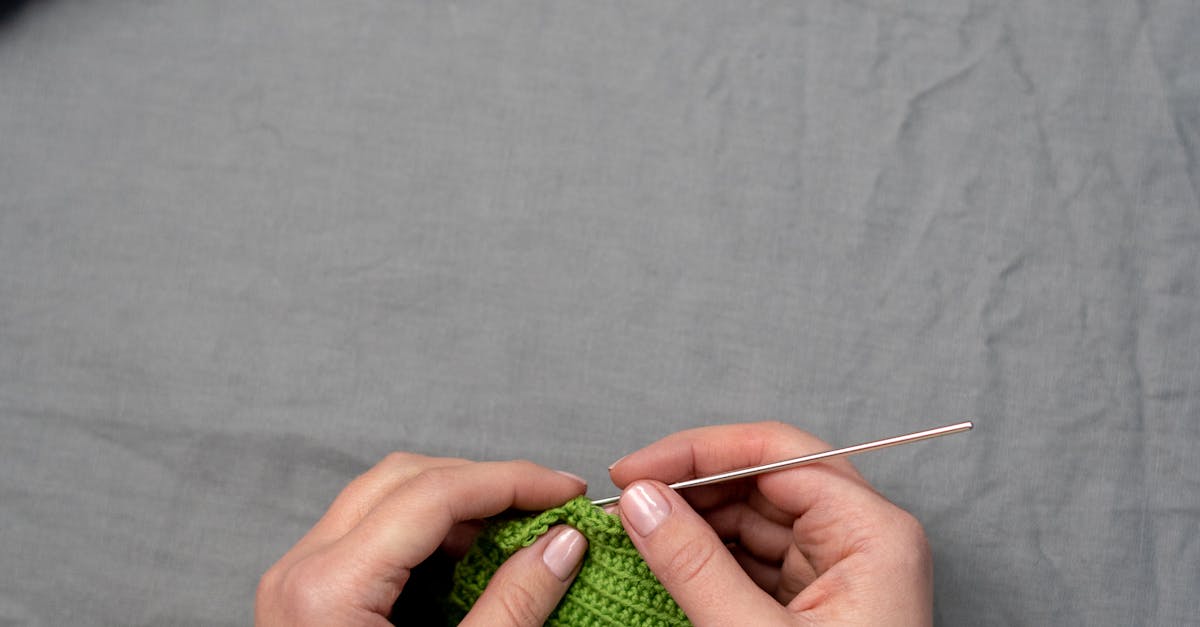In the world of knitting, understanding pattern abbreviations is crucial for successfully creating intricate designs. Whether you’re a beginner or a seasoned knitter, mastering techniques such as entrelac knit, intarsia knit, lace, and brioche knit can elevate your projects to new heights. In this article, we’ll explore 11 key pattern abbreviations that encompass these techniques, providing you with the knowledge and confidence to tackle even the most complex knitting patterns.
1. K – Knit
The basic knit stitch forms the foundation of all knitting projects. The abbreviation “K” indicates that you should insert your needle into the front loop of the stitch on the left needle and bring the working yarn through to create a new stitch.
2. P – Purl
The purl stitch is the reverse of the knit stitch and adds texture and variety to your knitting. The abbreviation “P” signifies that you should insert your needle into the front loop of the stitch on the right needle and bring the working yarn through.
3. CO – Cast On
The cast on is the initial row of stitches that sets up your project. Different methods of casting on can affect the elasticity and appearance of your edge. Experiment with techniques such as the long-tail cast on or the provisional cast on to achieve different results.
4. BO – Bind Off
Binding off is the final step in completing your knitting project. The bind off creates a finished edge and secures your stitches. Try different bind off methods such as the traditional method or the stretchy bind off for different effects.
5. K2tog – Knit Two Together
The k2tog abbreviation instructs you to knit two stitches together as one. This decrease stitch creates a slant to the right and is commonly used in shaping your project.
6. SSK – Slip, Slip, Knit
The SSK abbreviation involves slipping two stitches knitwise, then knitting them together through the back loops. This decrease stitch creates a left-leaning slant and is often paired with k2tog to maintain symmetry in shaping.
7. YO – Yarn Over
A yarn over is an increase stitch that creates a deliberate hole or eyelet in your fabric. The YO abbreviation signifies that you should wrap the yarn over the needle, creating a new stitch.
8. Entrelac Knit
Entrelac knitting is a technique that creates a woven or basketweave appearance in your fabric. By working blocks of small interconnected diamonds, you can achieve a visually striking texture reminiscent of woven fabric.
9. Intarsia Knit
Intarsia knitting involves working blocks of color within your project, creating intricate patterns and images. By using bobbins or separate balls of yarn for each color section, you can seamlessly transition between colors and produce stunning colorwork designs.
10. Lace Knit
Lace knitting incorporates yarn overs and decreases to create delicate openwork patterns in your fabric. Lace designs can range from simple eyelets to intricate motifs, adding elegance and sophistication to your projects.
11. Brioche Knit
Brioche knitting features a unique stitch that creates a reversible, textured fabric with a lofty, squishy feel. By working brioche stitches alongside traditional knit and purl stitches, you can achieve a distinctive ribbed effect that is both cozy and visually appealing.
By familiarizing yourself with these 11 key pattern abbreviations, including techniques such as entrelac knit, intarsia knit, lace, and brioche knit, you’ll be well-equipped to tackle a wide range of knitting patterns with confidence and skill. Experiment with these techniques, explore new possibilities, and watch as your knitting projects come to life with creativity and artistry.


